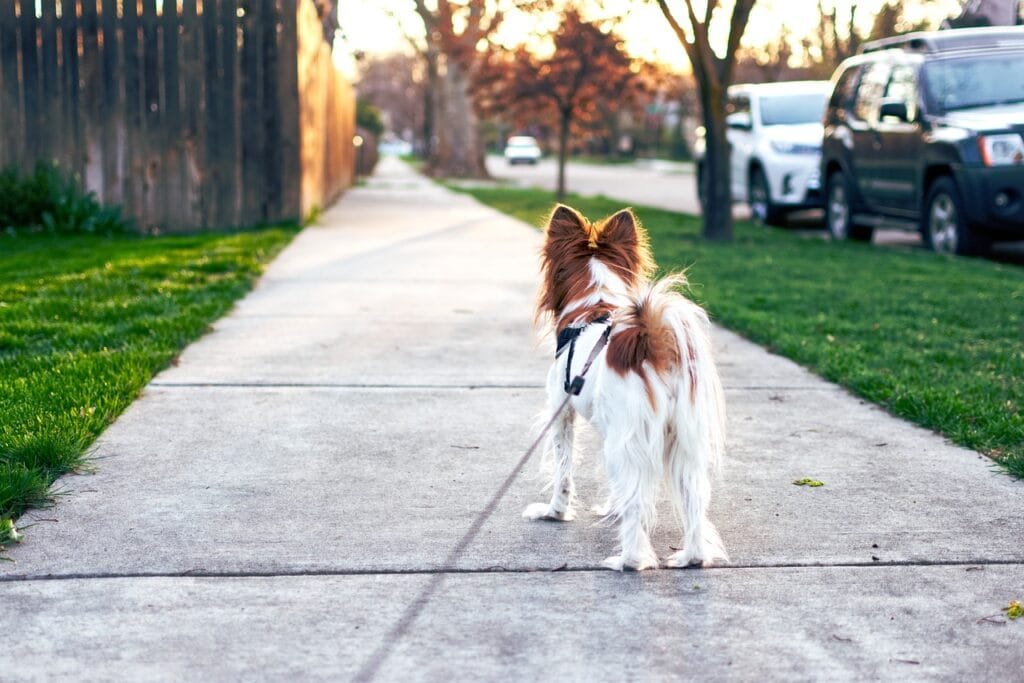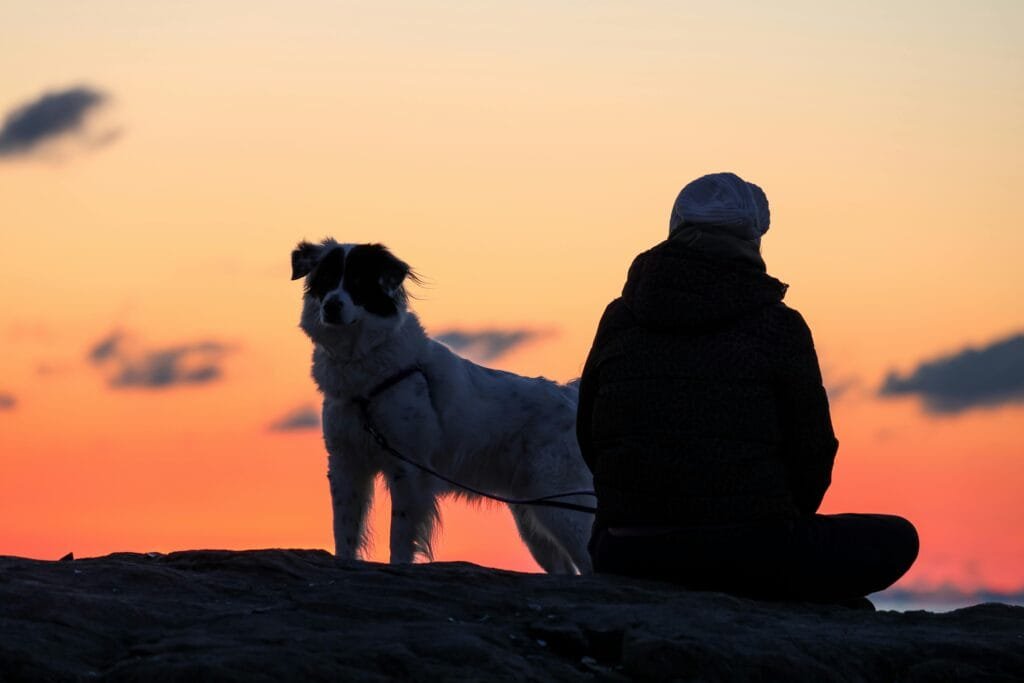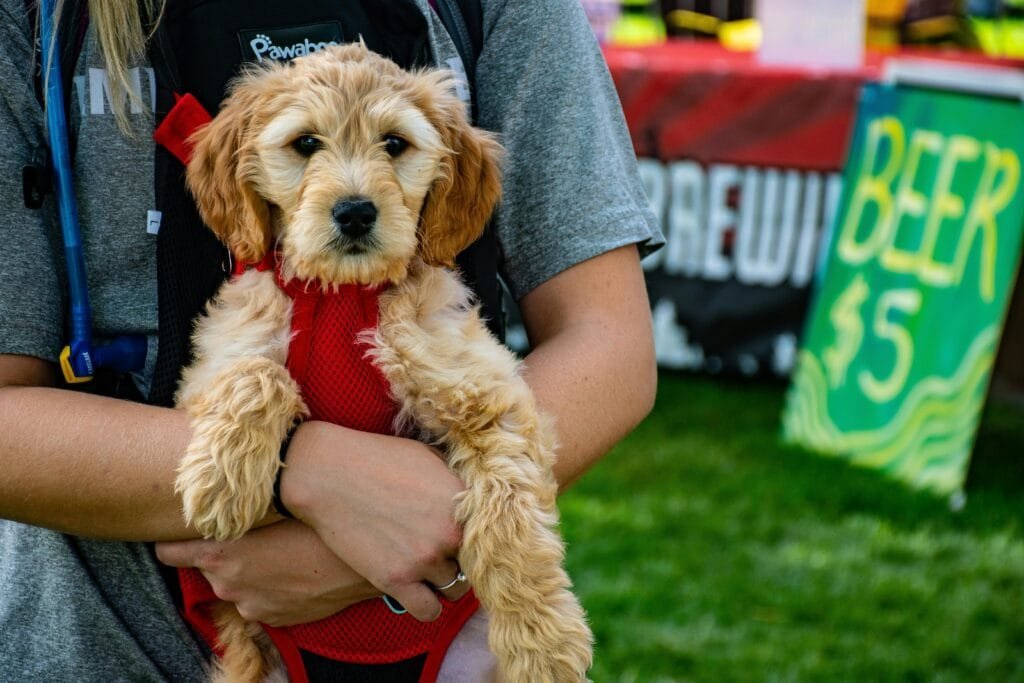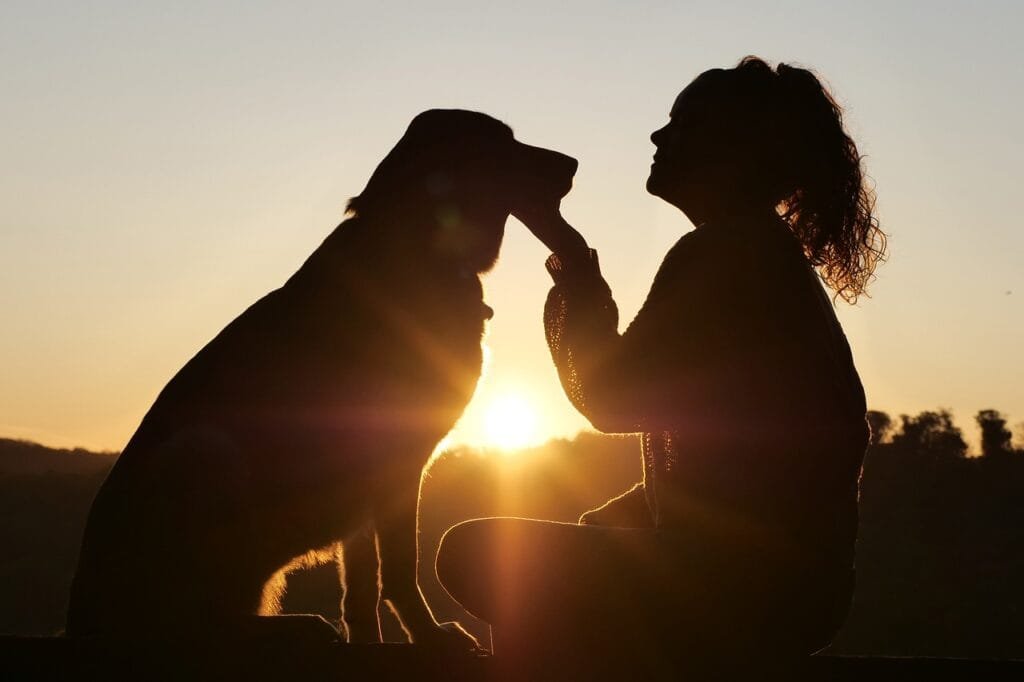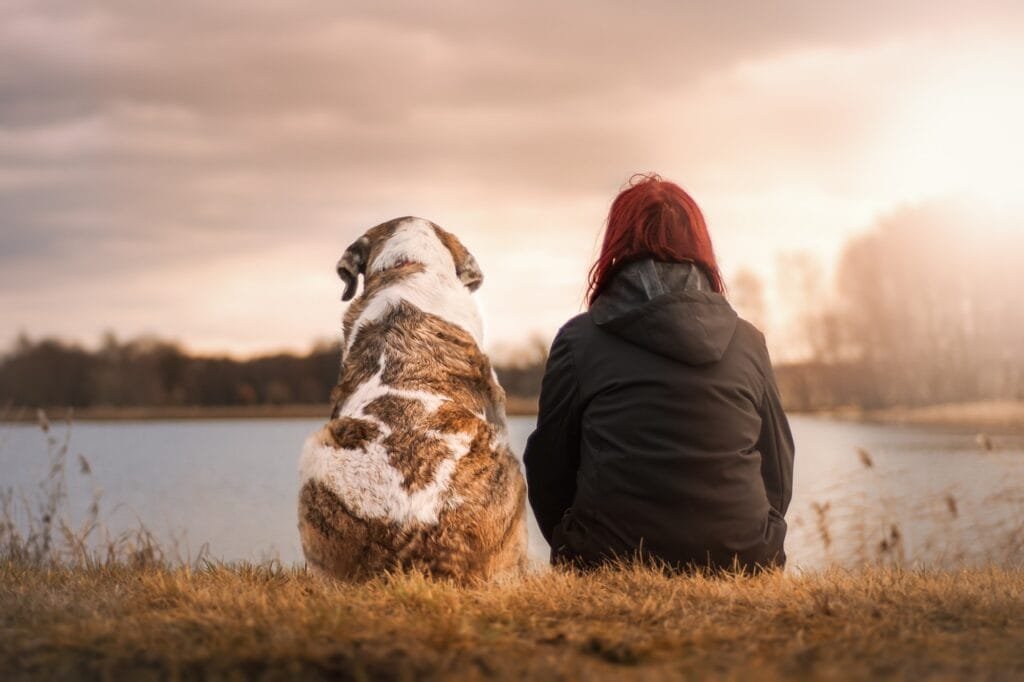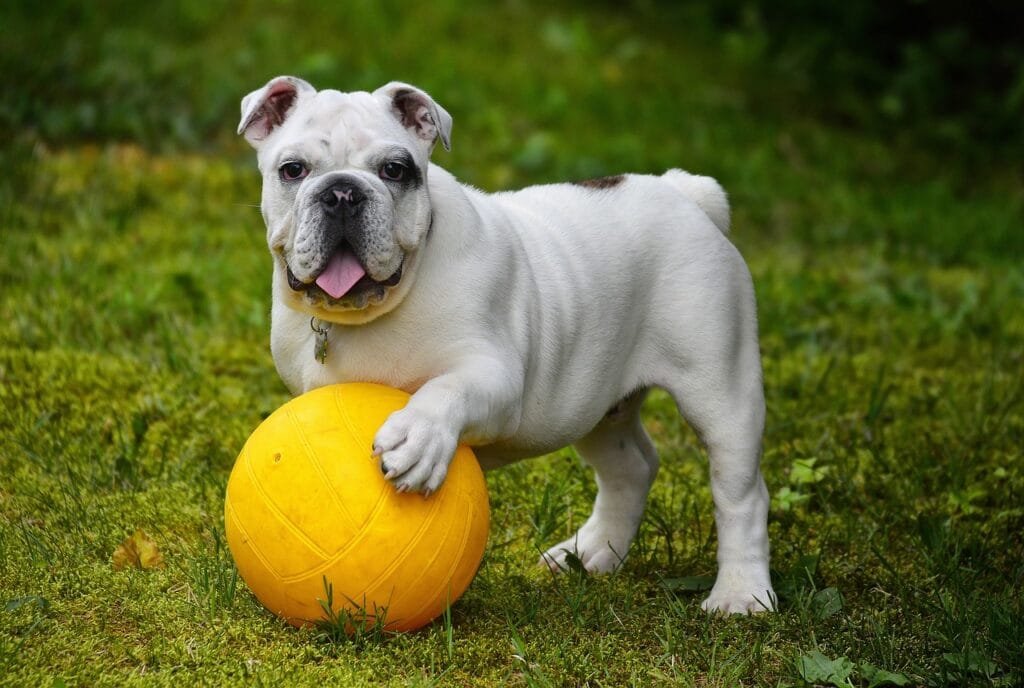Dog reactivity in spring: What to know and how to help
Spring is finally here. The sun is shining, the snow is gone, and suddenly your dog is barking, lunging, or pulling on leash like it’s their full-time job. Sound familiar?
You’re not imagining it. Dog reactivity in spring often spikes for a variety of reasons. For many dogs, especially those who are sensitive or reactive, the change in season can feel overwhelming.
But there’s good news. With a few adjustments and a clear understanding of what’s happening, you can help your dog feel safer and more regulated on springtime walks.
Quick takeaways
- Spring brings more stimulation, which can overload sensitive dogs
- Reactivity is an emotional response, not bad behaviour
- Strategic walks, smart routines, and compassion can help
- Decompression, scent games, and trust-building are key
- Progress takes time, but support makes a difference
Why dog reactivity in spring increases
After a long, quiet winter, spring hits the reset button on the world outside. Suddenly, your neighbourhood is full of joggers, kids, off-leash dogs, and strange new smells.
And while that might feel refreshing to us, for reactive dogs it’s often too much, too soon.
Common spring triggers
- Increased foot traffic, cyclists, joggers, and strollers
- Off-leash dogs or barking behind fences
- Children playing, shouting, or running unpredictably
- New or longer walk routes
- Wildlife like squirrels, raccoons, or birds
- New smells from mud, grass, flowers, or other animals
Your dog isn’t misbehaving. Their nervous system is simply overwhelmed. That burst of barking or lunging might be their way of saying, “I can’t handle this right now.” That’s why dog reactivity in spring often looks more intense than usual their stress has nowhere to go.
What reactivity actually means
Reactivity isn’t a character flaw. It’s not stubbornness, spite, or disobedience. It’s an emotional response.
Reactive behaviour happens when a dog feels unsafe, overaroused, frustrated, or unable to cope with a situation. That response can come from fear, excitement, habit, or even a combination of all three.
Common signs of reactivity
- Barking, growling, or lunging at people or other dogs
- Pulling hard on leash or jumping up
- Freezing, staring, or intense scanning
- Whining, spinning, or redirecting onto the leash
- Having a hard time recovering after a reaction
Reactivity looks different in every dog. Some explode big and loud. Others freeze up or avoid. The one thing they all need? Support.
Tips to manage reactivity during spring
You don’t need to avoid walks entirely, but this is a great time to adjust expectations and routines. These strategies can help your dog stay more regulated and confident as dog reactivity in spring ramps up.
Smarter walks to reduce dog reactivity in spring
- Time your walks
Go out during quieter times like early morning or after dinner - Choose calming routes
Parks, alleys, or open spaces with more distance and fewer surprises - Be proactive
Scan ahead for triggers and reroute before your dog hits threshold - Use a “let’s go” cue
This gives your dog a clear way to exit a tough situation - Reinforce calmness
Catch and reward moments when your dog notices something and stays relaxed
Don’t be afraid to give space
Crossing the street, turning around, or pausing behind a car isn’t giving up, it’s good handling. Every time you protect your dog’s comfort zone, you’re showing them they can trust you to keep things manageable.
Support your dog emotionally
Dog reactivity in spring isn’t just about the environment. It’s also about how your dog feels inside it. If your dog is extra sensitive this time of year, try building more emotional support into their day with a humane, science-informed approach like those recommended by the AVSAB.
Ways to build safety and connection
- Decompression walks
Quiet, sniffy walks in nature or low-traffic areas help your dog regulate - Scent games and scatter feeding
These burn energy without overwhelming the nervous system - Cooperative care at home
Simple routines like brushing, consent-based handling, or low-pressure training strengthen your bond
On rough days, focus on small wins. Success isn’t just “my dog didn’t react”, it’s “my dog recovered faster,” or “they followed a cue even when they were unsure.” Those moments matter.
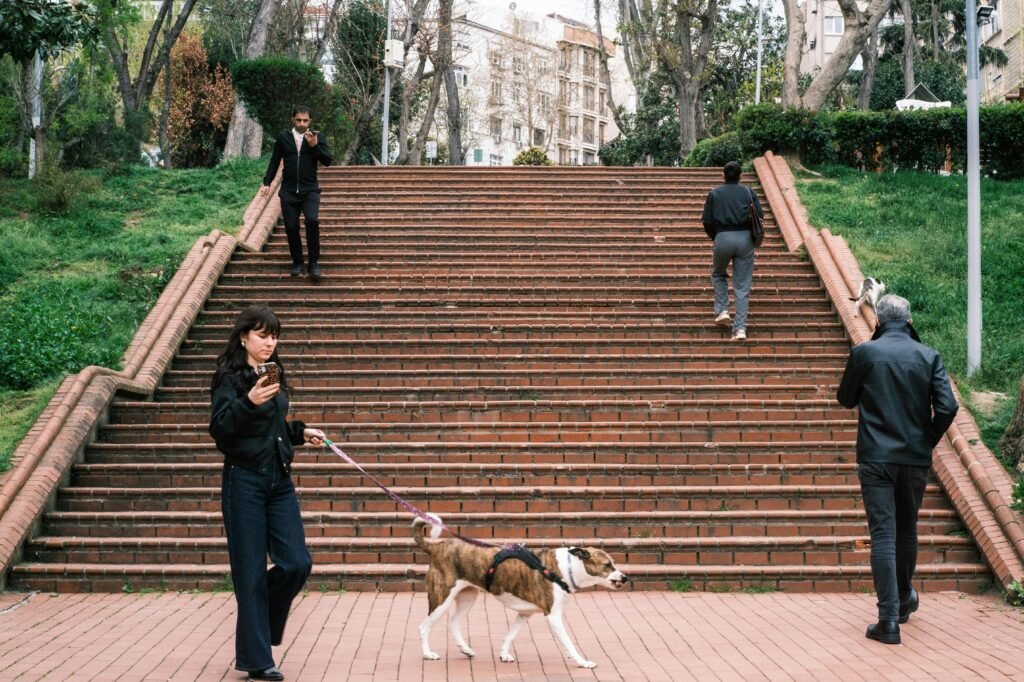
What long-term progress actually looks like
There’s no switch that turns dog reactivity in spring off. But with time, your dog can learn to feel safer and cope better with tricky situations. A support plan that’s realistic and customized to your dog makes all the difference.
Signs of meaningful progress
- More engagement with you on walks
- Fewer or less intense reactions
- Shorter recovery time after reacting
- More curiosity in situations that used to feel scary
- Calmer behaviour in familiar places
Improvement often happens gradually. One day you realize your dog paused instead of lunged. Or they looked back at you instead of barking. These are big deals, even if they feel small in the moment.
You don’t have to figure it out alone
Every reactive dog is different. What works for one might not work for another and trying to do it all yourself can feel overwhelming. If you want guidance that meets your dog where they are, we’re here for you.
Private training gives you a custom plan, real-time feedback, and ongoing support as you navigate the ups and downs.
Together, we’ll help your dog build emotional safety, reduce reactivity, and enjoy spring at their own pace.
Key takeaways
- Reactivity often increases in spring due to new stimuli and routines
- It’s an emotional response, not a behaviour problem
- Walk at calmer times and give your dog space to succeed
- Use enrichment and decompression to regulate your dog’s nervous system
- Progress takes time, but support and consistency go a long way
Ready to help your dog feel safer this spring?
If your dog is struggling with reactivity this season, you’re not alone. And it’s not your fault.
Let’s work together to help your dog feel calmer, safer, and more confident on walks again. Book a session with us to get started.

